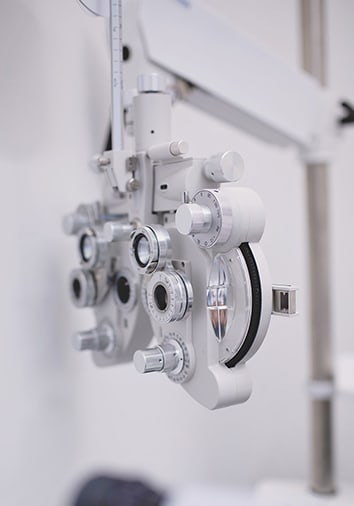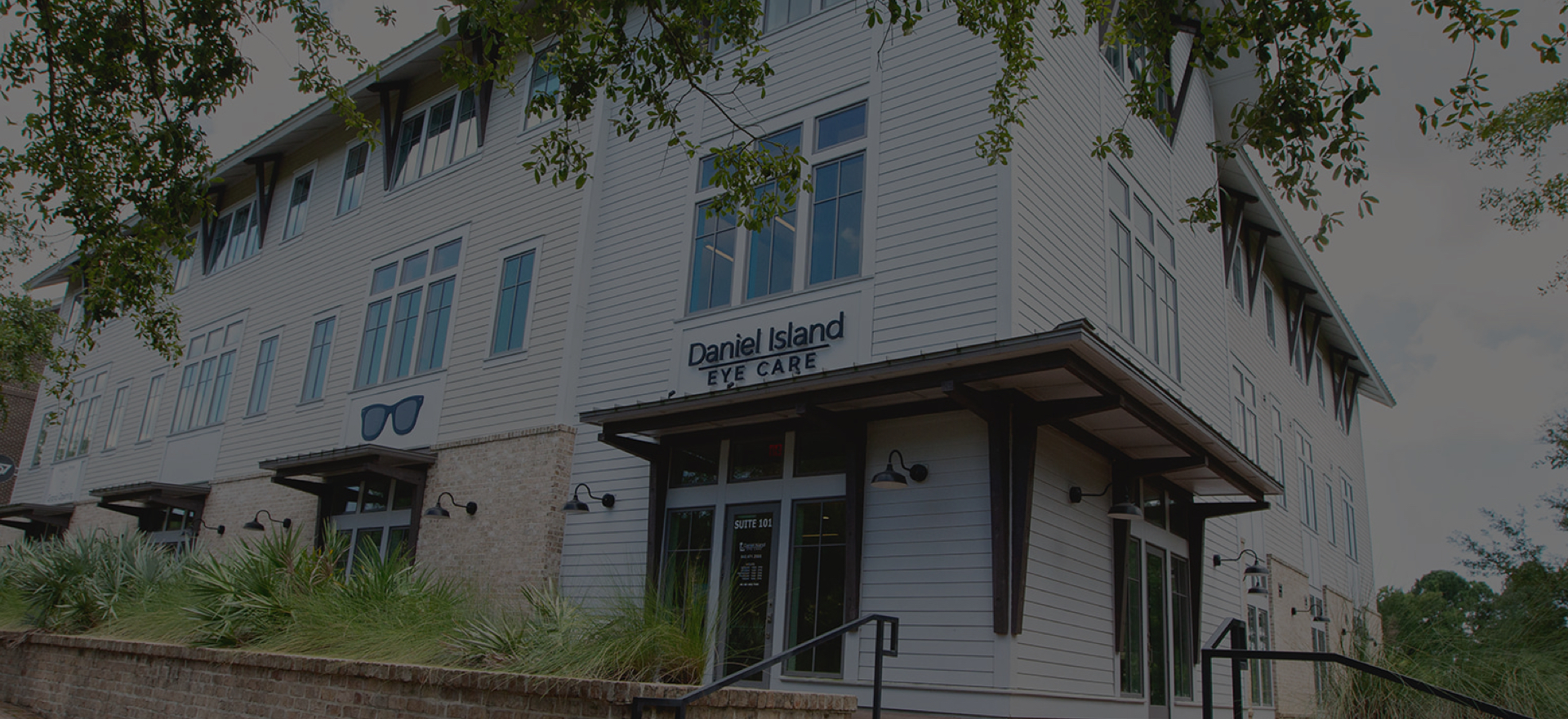Keratoconus is an eye condition where the cornea becomes thinner and is pushed into a cone-shape, rather than the dome shape that it’s supposed to have. Left untreated, keratoconus can cause blurry vision, light sensitivity, and permanent cornea damage.
Keratoconus is a progressive disease, meaning the symptoms start small but gradually worsen with time. There are 4 stages of keratoconus; mild, moderate, advanced, and severe. While Keratoconus cannot be cured, many treatments, like scleral lenses, are available to slow progression of the condition and let you maintain your eye health.
What Is Keratoconus?
Keratoconus is a condition where the protective, domed surface of the eye, called the cornea, begins to thin and bulge into a cone-like shape. Keratoconus usually develops in the teenage years and can continue into the mid-30s or 40s. Early detection and treatment are crucial in managing this condition effectively.
What Causes Keratoconus?
The exact cause of keratoconus is unknown, but it’s believed to be a combination of genetic, environmental, and hormonal factors. Some common factors that are identified as contributing to keratoconus are eye rubbing, sun exposure, and allergies.
Keratoconus can be identified during a comprehensive eye exam. That’s why it’s important to mention potential symptoms to your optometrist. Though the condition sounds intimidating, advancements in eye care, including scleral lenses, provide excellent avenues for maintaining quality of life.
What Are the Signs of Keratoconus?
The signs of keratoconus can mirror those of myopia and astigmatism in early stages, but they gradually worsen as they progress. Some common signs of Keratoconus are:
- Blurry or distorted vision
- Light and glare sensitivity
- Eye redness and swelling
Signs of Mild Keratoconus
Keratoconus begins with slight abnormalities in the cornea. In this initial stage, you might notice subtle changes in your eyesight, such as minor blurring or distortion. These symptoms are often mistaken for common vision problems like astigmatism, making early detection challenging.
This is why regular eye check-ups play a crucial role in catching keratoconus early. At this stage, it’s essential to monitor the condition closely with the help of your eye care professional. Mild keratoconus can be treated with soft contacts and prescription eyeglasses.
In some cases, your optometrist may recommend scleral lenses, which are rigid gas permeable (RGP) contacts that can help maintain the shape of your cornea. Using modern technology like the Eaglet Eye, your eyecare professional can map your eyes to create custom lenses with a personalized fit.
If diagnosed early, there are preventive measures you can take to slow keratoconus’ progression. Avoid eye rubbing and protect your eyes from allergens and irritants.
Signs of Moderate Keratoconus

As keratoconus progresses to stage two, vision changes become more pronounced. You may experience increased light sensitivity, glare, or worsening blurriness. This stage is often when many patients first seek treatment.
At this point, your eye care professional may suggest switching to RGP lenses or scleral lenses. Scleral lenses cover more of the eye’s surface than traditional RGP lenses, providing a stable and comfortable fit, reducing glare, and improving vision quality.
Managing keratoconus effectively during this stage involves regular follow-ups with your eye doctor. They can adjust your treatment plan to maintain visual acuity and comfort, ensuring you can continue your daily activities without disruption.
Signs of Advanced Keratoconus
Stage three keratoconus signifies a more significant deformation of the cornea. The cone-like shape becomes more evident, leading to severe vision impairment. Tasks that require sharp visual focus become increasingly difficult, affecting quality of life.
In this stage, wearing glasses often becomes ineffective, necessitating specialized contact lenses. Treatment here may also include approaches like corneal cross-linking, an eye surgery that involves linking collagen fibres in your eyes together to strengthen the cornea, allowing it to maintain its shape for longer.
Signs of Severe Keratoconus
When keratoconus reaches stage four, the cornea has significantly thinned and protruded. At this stage, people with keratoconus are at risk of complications such as corneal scarring, astigmatism, and corneal deformation that cannot be treated with contacts or glasses.
In some cases, surgical options like corneal transplants may be discussed. However, many find that scleral lenses allow them to delay or even avoid surgery by providing effective vision correction and comfort.
At this stage, you may need a corneal transplant, an eye surgery where an ophthalmologist replaces the damaged cornea with a new cornea. Without surgery, you may have permanently altered vision, making everyday tasks difficult.
Finding a Treatment Plan For You
While keratoconus presents challenges, understanding its stages and treatment options empowers you to take control of your eye health. Eyeglasses, soft contact lenses, and scleral lenses offer a viable and comfortable solution, providing clear vision and protection for your corneas. Regular eye exams and a proactive approach to treatment ensure you can manage the condition effectively.
At Daniel Island Eye Care, we offer in-depth keratoconus management plans so you can maintain your eye health even with keratoconus. To learn more about our eye care services, you can contact us or book an appointment today!
























